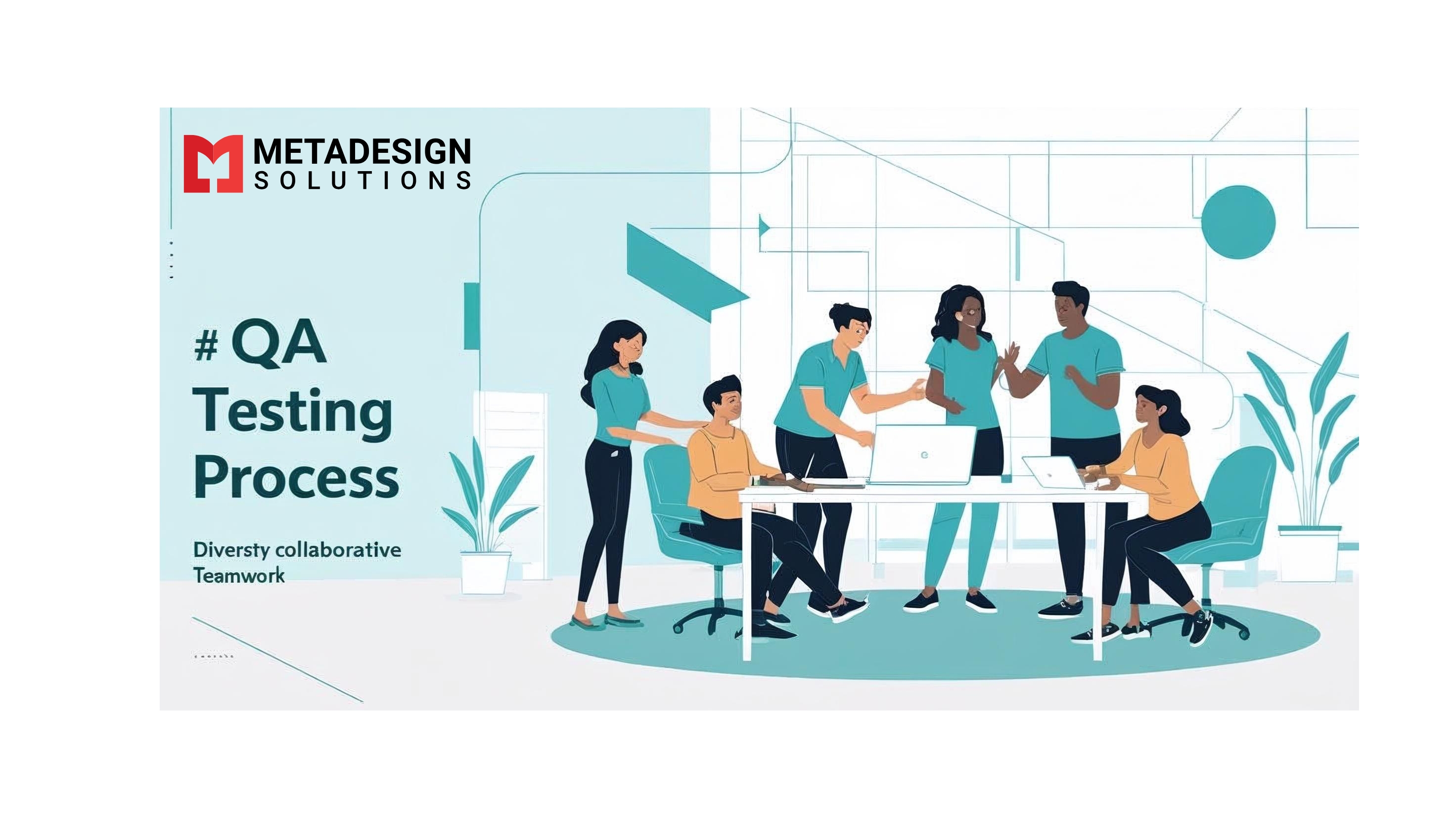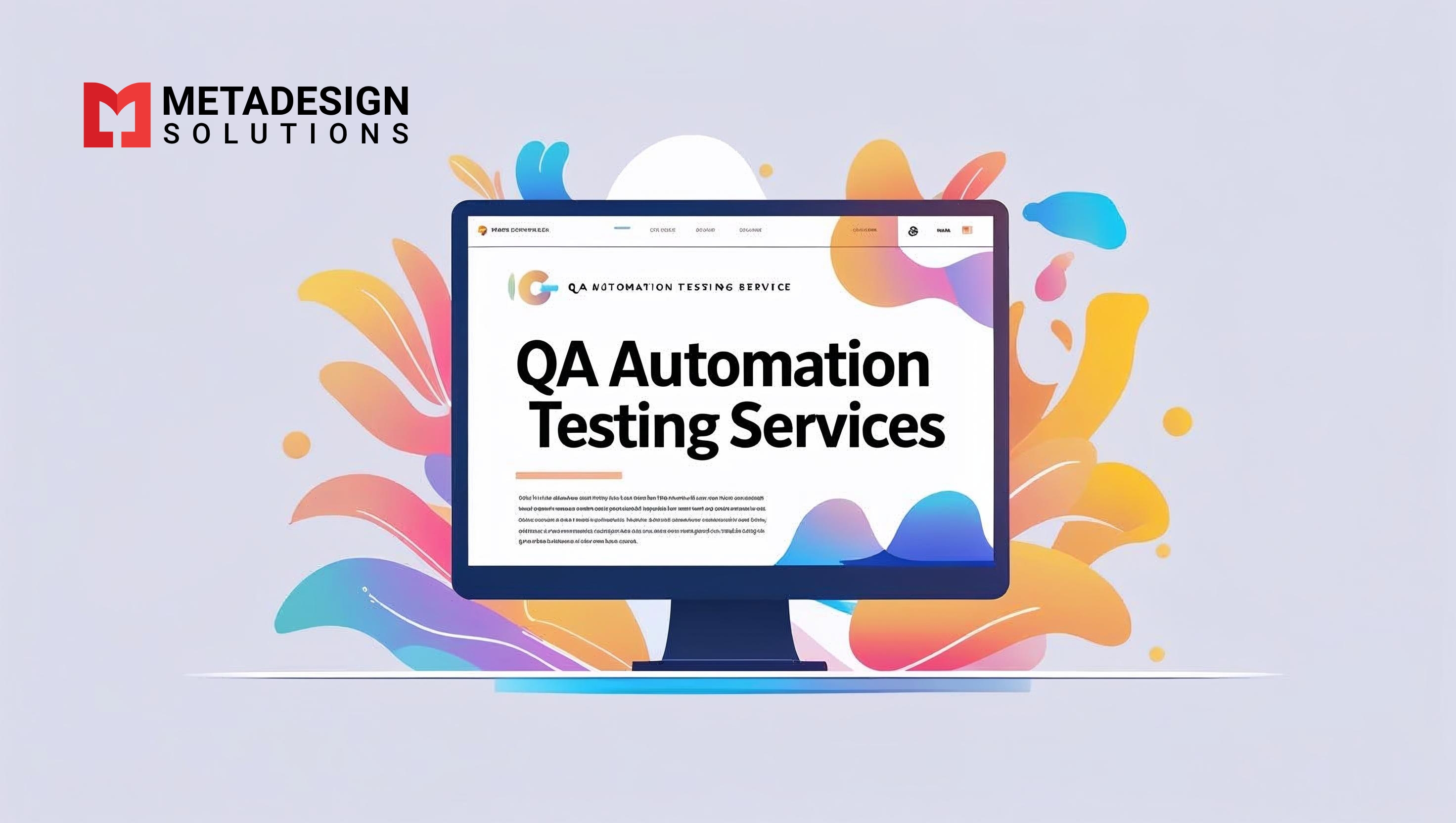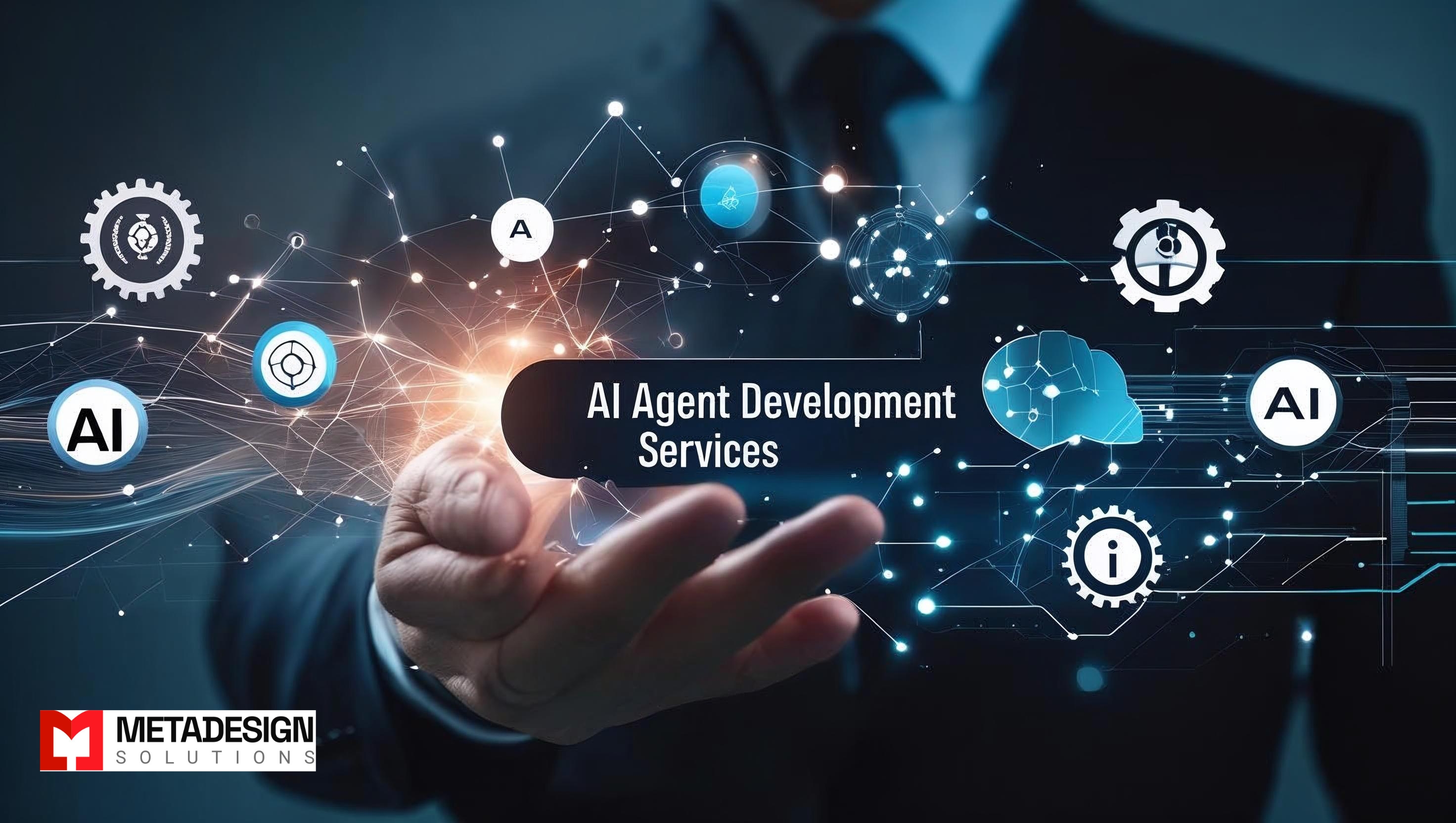How to Ensure GDPR & HIPAA Compliance During Automated QA Testing | MetaDesign Solutions

Strong 8k brings an ultra-HD IPTV experience to your living room and your pocket.
How to Ensure GDPR & HIPAA Compliance During Automated QA Testing
As businesses globally face increasing concerns about data privacy and security, maintaining compliance with regulations such as the General Data Protection Regulation (GDPR) and the Health Insurance Portability and Accountability Act (HIPAA) becomes paramount. For companies providing QA Software Testing Services or QA Automation Testing Services, ensuring these standards are met during automated QA testing is crucial to protect sensitive data and build trust with users.
MetaDesign Solutions, a leading Software QA Testing And Automation Company, provides tailored solutions to meet these compliance requirements while performing rigorous QA automation. In this article, we will explore the key strategies and best practices for ensuring GDPR and HIPAA compliance during automated QA testing.
1. Understanding GDPR and HIPAA Compliance in QA Testing
Before diving into how to maintain compliance, it’s essential to first understand the core principles of GDPR and HIPAA.
GDPR (General Data Protection Regulation)
Implemented by the European Union in 2018, GDPR governs the collection, storage, and processing of personal data. For businesses, this means:
- Data Minimization: Only collecting the data necessary for the specific purpose.
- Consent: Obtaining clear, informed consent before processing personal data.
- Data Security: Implementing technical and organizational measures to protect personal data.
For automated QA testing, this means ensuring that any personal data used during testing is handled correctly, ensuring data protection and avoiding exposure during the testing phase.
HIPAA (Health Insurance Portability and Accountability Act)
HIPAA applies to healthcare organizations and companies that process medical information. It requires businesses to:
- Ensure confidentiality of healthcare data.
- Use secure transmission channels for protected health information (PHI).
- Limit access to sensitive data.
When testing healthcare applications, ensuring HIPAA compliance is crucial to avoid exposing patient data during QA processes.
2. Importance of Compliance During Automated QA Testing
Automated testing significantly enhances the efficiency of quality assurance (QA) processes. However, testing often involves handling sensitive data. Whether you are working with user data for a mobile application or handling medical records for a healthcare provider, non-compliance can lead to severe consequences, including data breaches, fines, and reputational damage.
For a QA Automation Company like MetaDesign Solutions, maintaining compliance not only ensures the protection of sensitive data but also builds credibility among clients and ensures the security of their end-users.
3. Best Practices for GDPR & HIPAA Compliance in QA Automation
a. Use Data Masking and Anonymization Techniques
In automated testing, it’s often necessary to work with data that could be personally identifiable or confidential. Data masking and anonymization are vital techniques to ensure compliance with both GDPR and HIPAA:
- Data Masking: This involves replacing real data with fake but realistic-looking data. For example, real names, addresses, or health records are replaced with fictional data during testing.
- Anonymization: This process removes or alters personal identifiers from datasets, ensuring that the data cannot be traced back to any individual.
By masking or anonymizing data, automated tests can run without risking the exposure of sensitive information.
b. Implement Robust Access Controls
Access controls are another essential factor in maintaining compliance. Ensure that only authorized personnel have access to the testing environments that contain sensitive data.
- Role-Based Access Control (RBAC): Use RBAC systems to ensure testers only have access to the data they need for their testing tasks.
- Audit Trails: Maintain audit trails of all access and actions within the test environment. This helps track who accessed sensitive data and ensures accountability.
c. Use Encrypted Testing Environments
For organizations that provide QA Software Testing Services, ensuring that test environments are encrypted is crucial. Encryption guarantees that even if there is unauthorized access, the data remains protected and unreadable.
- Data-at-Rest Encryption: Encrypt data stored on servers or in databases used during testing.
- Data-in-Transit Encryption: Use secure communication protocols such as TLS/SSL for any data transmitted during the testing phase to prevent man-in-the-middle attacks.
d. Data Minimization and Retention Policies
Both GDPR and HIPAA emphasize data minimization. This means that you should only collect the data necessary for testing purposes and retain it for the minimum amount of time required.
- Limit Data Collection: When creating test datasets, avoid using sensitive personal data unless absolutely necessary.
- Retain Data for Limited Time: Once testing is complete, ensure that all sensitive data is deleted from your systems.
By minimizing the amount of sensitive data used and ensuring it’s only retained as long as necessary, you’re already taking a significant step toward compliance.
e. Regular Security Audits and Penetration Testing
To ensure the integrity of your automated QA testing process, conduct regular security audits and penetration tests. This helps identify vulnerabilities in your systems that could lead to a data breach or non-compliance with GDPR and HIPAA.
- Penetration Testing: Regularly test your test environments for vulnerabilities that might expose sensitive data.
- Compliance Audits: Conduct periodic audits to ensure your QA processes are adhering to the necessary privacy laws and regulations.
4. Tools and Technologies for Ensuring Compliance
Several tools and technologies can help businesses maintain compliance while conducting automated QA testing. These tools are designed to enhance security, protect sensitive data, and streamline the compliance process.
a. Test Automation Frameworks with Security Features
Test automation frameworks such as Selenium, Appium, and TestComplete often offer security features that allow testing teams to create secure test environments. These tools can integrate with encryption technologies, automated access controls, and data masking tools, ensuring that sensitive data remains protected throughout the testing process.
b. Cloud-Based Testing Platforms
Cloud platforms, such as AWS or Azure, provide robust security and compliance features. Many of these platforms are GDPR and HIPAA certified, and can help automate compliance during the QA testing process.
By leveraging cloud-based testing environments that are compliant with privacy regulations, QA Automation Testing Services providers can ensure secure testing of sensitive data.
5. Challenges in Ensuring GDPR & HIPAA Compliance in QA Automation
Ensuring GDPR and HIPAA compliance during automated QA testing isn’t without its challenges. Some of the most common issues include:
a. Handling Large Volumes of Data
Automated testing often requires working with large datasets, especially when testing enterprise-level applications. Ensuring compliance while managing large volumes of data can be challenging, as it requires advanced data protection mechanisms.
b. Managing Third-Party Service Providers
Many businesses use third-party tools or services for automated testing, such as cloud hosting services or testing tools. These third-party vendors must also be compliant with GDPR and HIPAA. It’s essential to ensure that all third-party vendors are vetted and adhere to the same data protection standards.
c. Keeping Up with Changing Regulations
Both GDPR and HIPAA are dynamic, with updates and amendments that occur frequently. Staying updated with regulatory changes and ensuring that your QA automation processes align with these new rules can be time-consuming.
6. Conclusion: Achieving Compliance in Automated QA Testing
For any QA Automation Company, ensuring GDPR and HIPAA compliance during automated QA testing is an ongoing process that requires constant vigilance, the use of best practices, and the implementation of appropriate tools and technologies.
MetaDesign Solutions, as a leading Software QA Testing And Automation Company, provides expert QA Software Testing Services to help businesses navigate the complexities of GDPR and HIPAA compliance. Our solutions ensure that your testing processes are secure, efficient, and compliant with the latest privacy regulations.
By following the best practices outlined in this article, companies can ensure that their automated QA testing processes not only maintain the highest quality but also safeguard sensitive data, mitigate risks, and stay compliant with global data protection laws.
Related #Tags:
#GDPRCompliance #HIPAACompliance #QAautomation #QAtesting #AutomationTesting #SoftwareTesting #QAServices #MetaDesignSolutions #DataPrivacy #AutomationCompany
Note: IndiBlogHub features both user-submitted and editorial content. We do not verify third-party contributions. Read our Disclaimer and Privacy Policyfor details.







